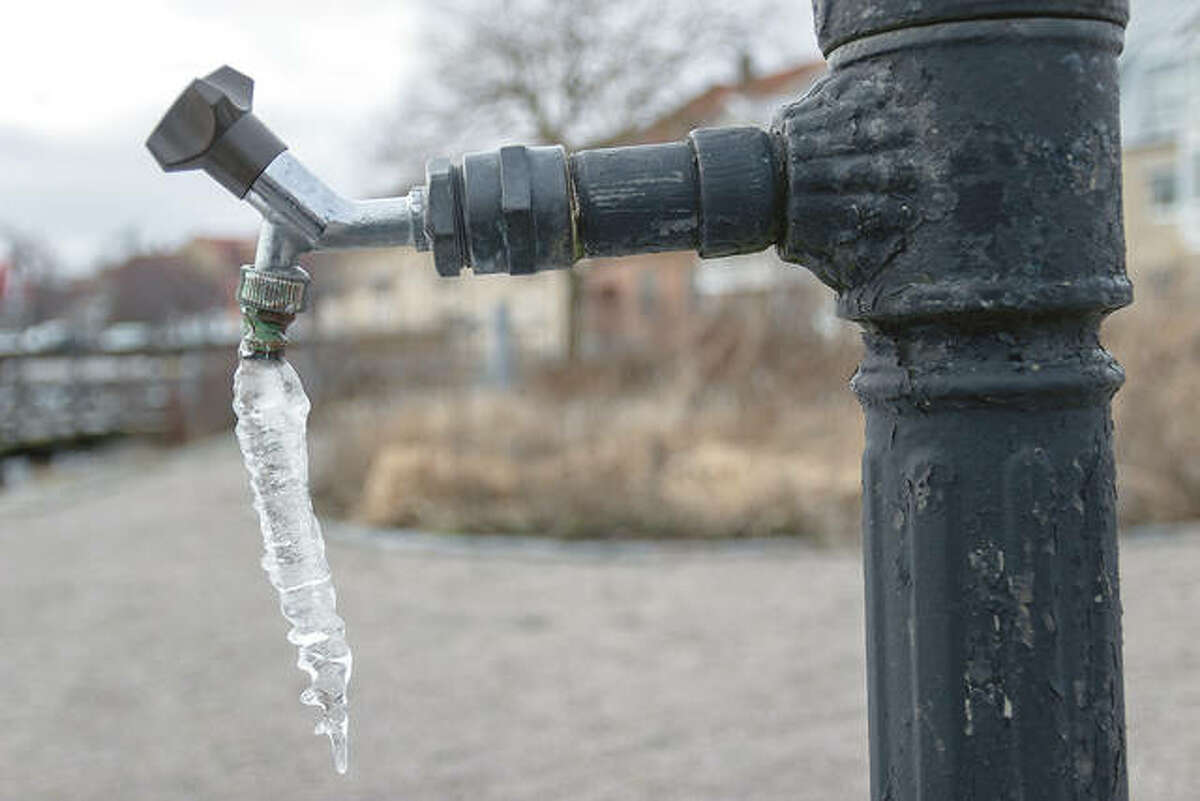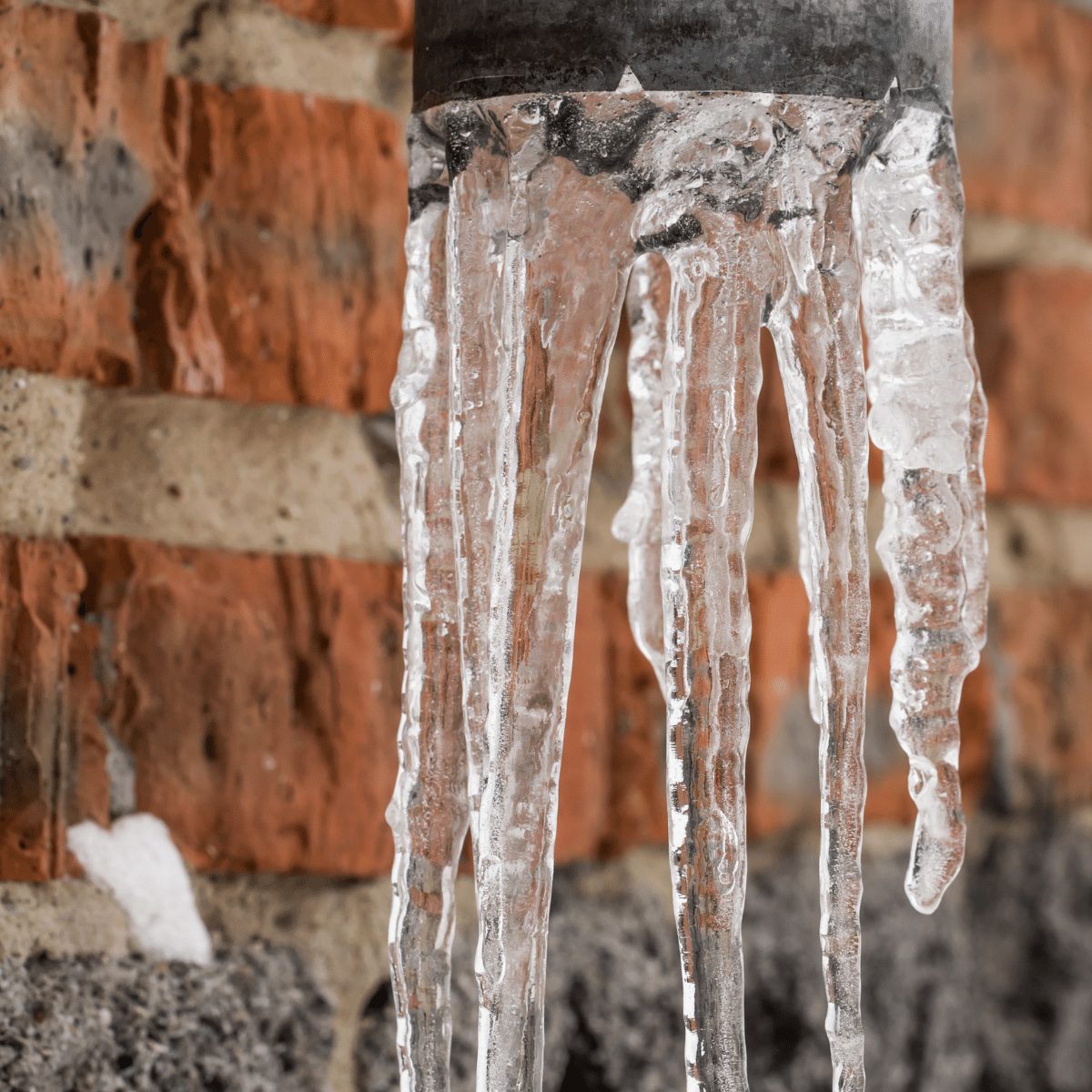Avoiding Frozen Plumbing in Winter: Key Strategies
Avoiding Frozen Plumbing in Winter: Key Strategies
Blog Article
The writer is making several great annotation on the subject of How to prepare your home plumbing for winter weather overall in this content directly below.

Winter can wreak havoc on your pipes, especially by freezing pipes. Right here's how to prevent it from occurring and what to do if it does.
Introduction
As temperature levels decline, the danger of frozen pipelines rises, potentially resulting in expensive repair services and water damage. Comprehending exactly how to stop icy pipelines is critical for home owners in chilly environments.
Comprehending Icy Pipelines
What causes pipes to ice up?
Pipelines ice up when exposed to temperatures below 32 ° F (0 ° C) for prolonged durations. As water inside the pipelines ices up, it increases, taxing the pipeline wall surfaces and possibly creating them to break.
Threats and problems
Icy pipelines can cause water disturbances, residential or commercial property damage, and expensive repairs. Ruptured pipelines can flooding homes and cause considerable structural damage.
Indications of Frozen Pipes
Determining icy pipes early can stop them from bursting.
How to identify icy pipelines
Look for reduced water circulation from faucets, unusual smells or sounds from pipelines, and noticeable frost on exposed pipelines.
Avoidance Tips
Protecting susceptible pipes
Wrap pipes in insulation sleeves or utilize warm tape to shield them from freezing temperatures. Concentrate on pipelines in unheated or external locations of the home.
Home heating methods
Keep indoor areas properly heated up, particularly areas with plumbing. Open cabinet doors to allow warm air to circulate around pipes under sinks.
Protecting Exterior Pipes
Garden hose pipes and outdoor taps
Detach and drain garden hose pipes prior to winter months. Mount frost-proof spigots or cover exterior faucets with shielded caps.
What to Do If Your Pipes Freeze
Immediate activities to take
If you think frozen pipes, keep taps open to relieve stress as the ice melts. Utilize a hairdryer or towels soaked in hot water to thaw pipelines gradually.
Long-Term Solutions
Architectural modifications
Think about rerouting pipes away from exterior walls or unheated areas. Include extra insulation to attic rooms, cellars, and crawl spaces.
Upgrading insulation
Purchase top quality insulation for pipelines, attic rooms, and wall surfaces. Proper insulation helps preserve constant temperature levels and decreases the risk of frozen pipes.
Conclusion
Preventing frozen pipelines calls for positive steps and quick responses. By understanding the reasons, indications, and preventive measures, home owners can shield their plumbing during winter.
5 Ways to Prevent Frozen Pipes
Drain Outdoor Faucets and Disconnect Hoses
First, close the shut-off valve that controls the flow of water in the pipe to your outdoor faucet. Then, head outside to disconnect and drain your hose and open the outdoor faucet to allow the water to completely drain out of the line. Turn off the faucet when done. Finally, head back to the shut-off valve and drain the remaining water inside the pipe into a bucket or container. Additionally, if you have a home irrigation system, you should consider hiring an expert to clear the system of water each year.
Insulate Pipes
One of the best and most cost-effective methods for preventing frozen water pipes is to wrap your pipes with insulation. This is especially important for areas in your home that aren’t exposed to heat, such as an attic. We suggest using foam sleeves, which can typically be found at your local hardware store.
Keep Heat Running at 65
Your pipes are located inside your walls, and the temperature there is much colder than the rest of the house. To prevent your pipes from freezing, The Insurance Information Institute suggests that you keep your home heated to at least 65 degrees, even when traveling. You may want to invest in smart devices that can keep an eye on the temperature in your home while you’re away.
Leave Water Dripping
Moving water — even a small trickle — can prevent ice from forming inside your pipes. When freezing temps are imminent, start a drip of water from all faucets that serve exposed pipes. Leaving a few faucets running will also help relieve pressure inside the pipes and help prevent a rupture if the water inside freezes.
Open Cupboard Doors
Warm your kitchen and bathroom pipes by opening cupboards and vanities. You should also leave your interior doors ajar to help warm air circulate evenly throughout your home.

Do you really like reading about Winter Plumbing Precautions: Preventing Frozen Pipes? Put a remark down the page. We'd be glad to hear your responses about this page. In hopes to see you back again soon. Sharing is good. Helping others is fun. Bless you for being here. Please come visit our website back soon.
Call Today Report this page